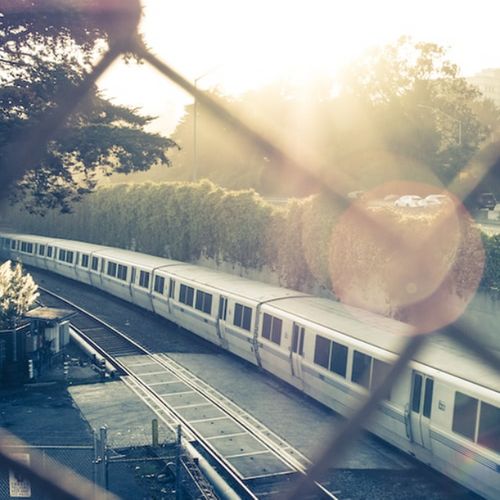BART's $300mil deficit could kill SF Bay Area commutes
Mar 13, 2023 · 2 mins read
0
Share

Bay Area Rapid Transit (BART) is a heavy rail train system that has served the San Francisco Bay Area since 1972. Its 48 stations and hundreds of thousands of daily riders has made BART a vital and ever-expanding connection between the Bay Area's cities and suburbs.
Save
Share
BART is one of the top 5 busiest transit systems in the U.S. It also has one of the highest percentages of operating expenses covered by rider fares. The SF Bay Area, particularly Silicon Valley, has relied on BART to give people with suburban expenses access to city salaries.
Save
Share
However, in the 3 years since the COVID-19 pandemic, BART ridership has plummeted to just 40% of what it had been in 2019. In 2019, BART officials projected an estimated $49mil deficit in 2026. Today they are projecting that loss at $334mil.

Save
Share
Ridership loss has primarily been due to the steep rise of telecommuting. BART Chief Communications Officer Alicia Trost told San Francisco employers "[BART] is completely tied to your office occupancy... we will not survive if you don’t bring your employees back [to offices]".
Save
Share
It's estimated that restoring ridership to 2019 levels could take 10 years or more. Without alternative funding, BART officials report they would be required to impose mass layoffs, close on weekends, halt 2 of the 5 lines, shut 9 stations and some trains may run just 1 per hour.
Save
Share
Because this is a huge change from how BART has operated for decades - with trains averaging 1 per every 15 minutes across all lines and stops- this could mark the end of the Bay Area's primary rail system altogether.
Save
Share
Fare hikes have been proposed in order to try and salvage the transit system. As is, a 2-year fare increase of 11% is already expected to begin in 2024. However, covering the projected deficit would require doubling current fares which would, again, decrease ridership.
Save
Share
BART has been making concerted efforts at increasing ridership by addressing concerns raised in their satisfaction survey. Major factors contributing to their 67% satisfaction rating are cleanliness and safety. They have committed to increasing deep cleaning and police presence.
Save
Share
However the most viable option for saving BART appears to be by proposing a long-term subsidy in 2026 which would need to be approved by Bay Area voters. In the mean time, they are making direct asks to CA Governor Newsom and CA lawmakers for funding.
Save
Share
Hope you enjoyed this Memo, if so, I think you'll enjoy a similar Memo I wrote below. And be sure to follow me @karin-richey for more!
Save
Share
0